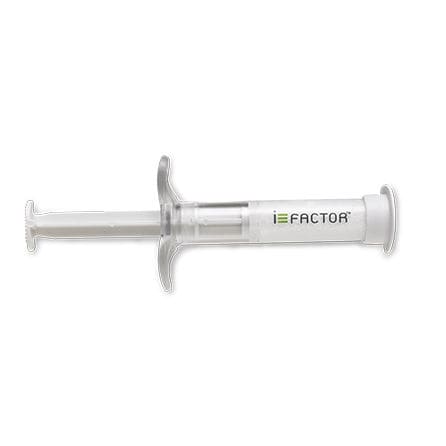

Of course, with more stringent fusion criteria, come fewer reported successes. In contrast, studies published between 2000-2004 provided a definition of fusion in all but one instance (3% of studies), and fewer than 38% of the studies considered only one measure of fusion. Prior to 2000, more than half of the studies analyzed had no criteria to define a solid fusion, others relied on only a single measure such as absence of motion, or presence of spanning trabeculae. They found that a shift occurred around the year 2000, when studies began to progress toward a definition of what fusion actually meant. Daniel Riew analyzed 144 articles reporting on ACDF fusion rates from 1966-2004. “We are pleased to be able to offer a new advanced biologic bone graft with outstanding safety and efficacy to our patients.Is it time to take a closer look at peptide based bone graft? Anterior cervical discectomy and fusion (ACDF) procedures, which rely heavily on bone graft to deliver consistent fusion success rates, may not, according to recently published evidence, actually reach clinical success as often-certainly not “95% of the time”-as many surgeons believe.ĭefining Fusion, Therefore Measuring Clinical Success AccuratelyĪ 2008 review by Drs. Comprehensive Spine Center and lead author of the study.
CERAPEDICS IFACTOR TRIAL
“The publication of the two-year results from this level I clinical trial further validates previous findings that I-Factor bone graft, with P-15 technology, is statistically superior to autograft,” says Paul Arnold, neurosurgeon at the University of Kansas Hospital Marc A Asher, M.D. Safety success measured by the absence of re-operation, device explantation, and device-related serious adverse events was observed in 95% of I-Factor patients and 91% of autograft patients (p=0.1379). Improvement in neurological status was similar in both patient groups (95% of I-Factor patients and 94% of autograft patients, p=0.6944). A more than 15-point improvement from baseline NDI was reported for 77% of I-Factor patients and 69% of autograft patients (p=0.1804). This was statistically significant for superiority (p=0.0302).įusion success was confirmed radiologically for 97% of I-Factor bone graft patients and 94% of autograft patients (p=0.2195).

At two-year follow-up, a responder analysis of combined endpoints for overall success demonstrated 70% success for patients receiving I-Factor bone graft vs. FDA-mandated success criteria included fusion, improvement in Neck Disability Index (NDI), neurological status, and safety. In the IDE clinical trial, patients received either autograft or I-Factor in a cortical ring allograft. “The Neurosurgery publication is a testament to the hard work and dedication of the clinical investigators who continue to pursue advanced treatment options for patients with degenerative cervical disc disease.” “We are pleased that the statistical superiority in overall success for I-Factor bone graft versus autograft in ACDF procedures was maintained over two years in our IDE trial,” says Jeffrey Marx, president and chief operating officer of Cerapedics. In November 2015, the company received Premarket Approval (PMA) from the FDA for the use of drug-device combination in ACDF procedures.

I-Factor is based on synthetic small peptide (P-15) technology, developed by Cerapedics, to support bone growth through cell attachment and activation. The results, published in Neurosurgery, show the graft to be statistically superior to autograft in overall clinical success in anterior cervical discectomy and fusion (ACDF) procedures. Cerapedics has announced the publication of two-year follow-up data from a US Food and Drug Administration (FDA) Investigational Device Exemption (IDE) clinical trial of the I-Factor peptide-enhanced bone graft.


 0 kommentar(er)
0 kommentar(er)
